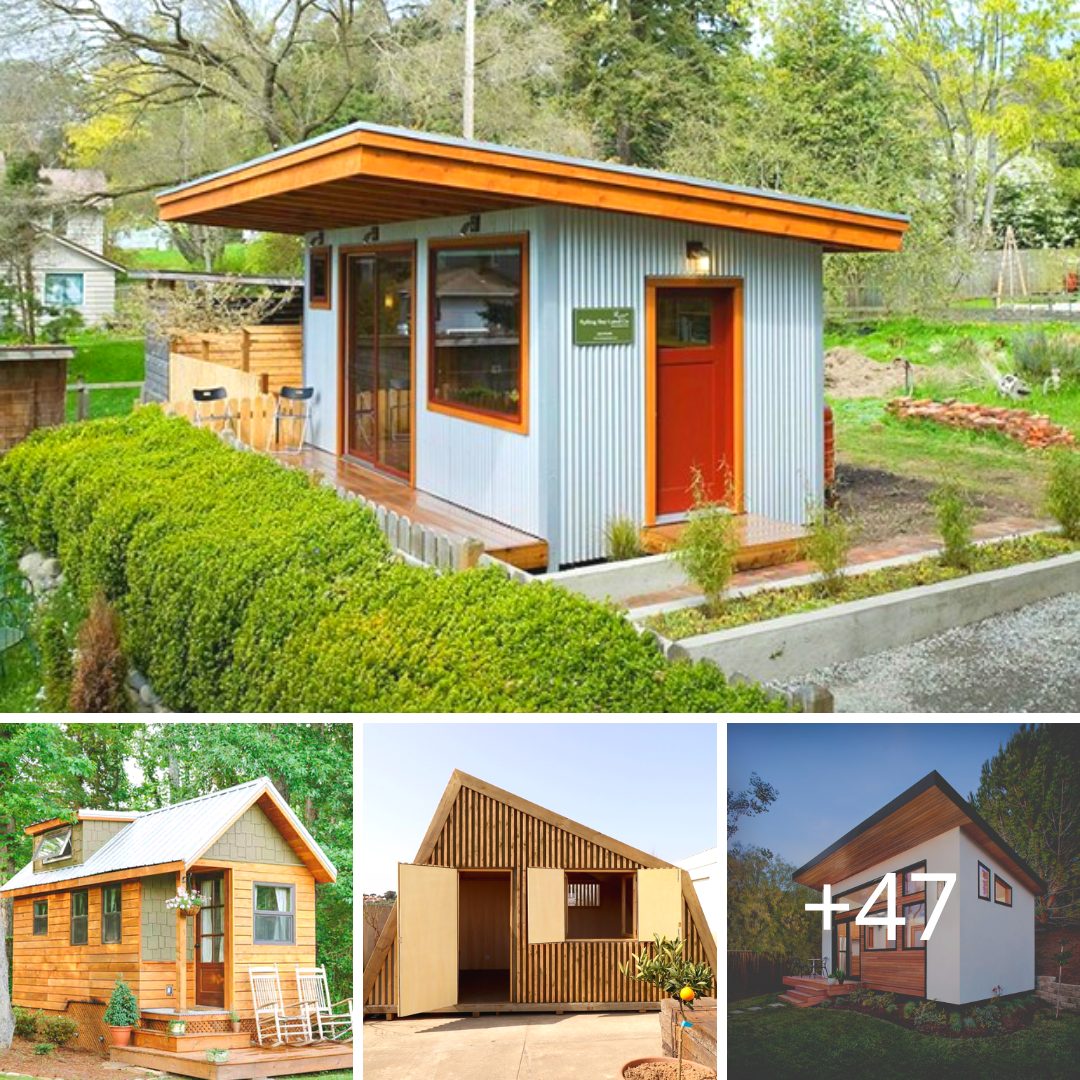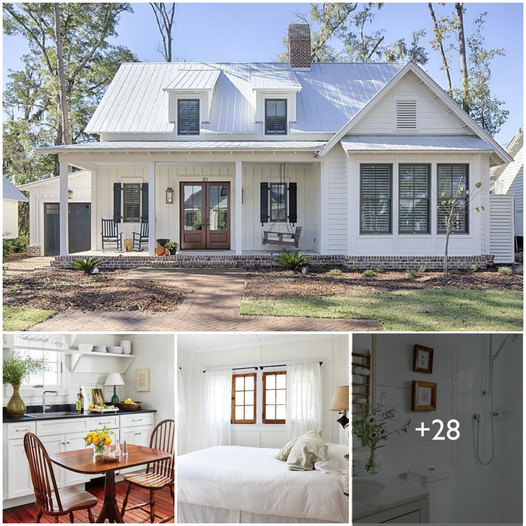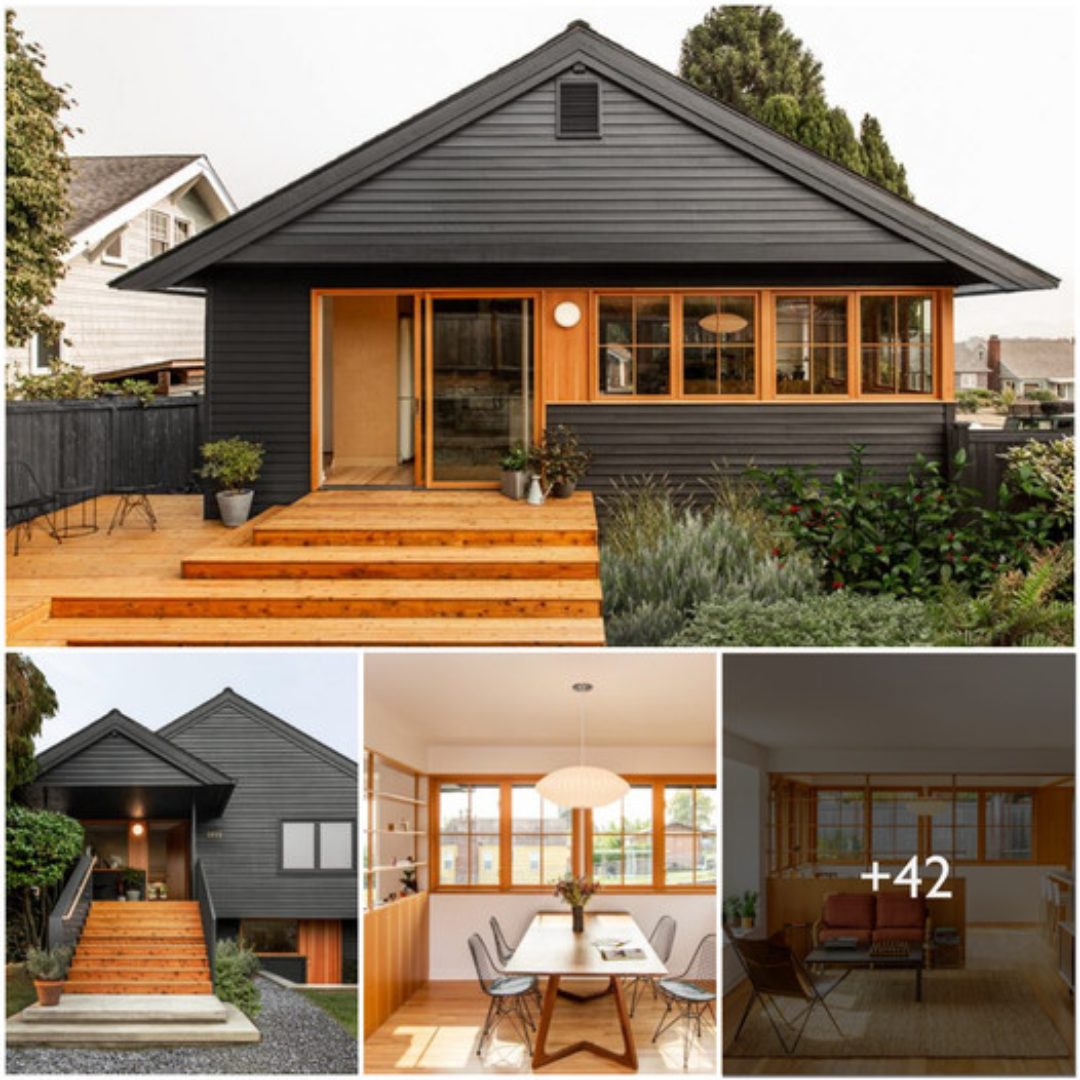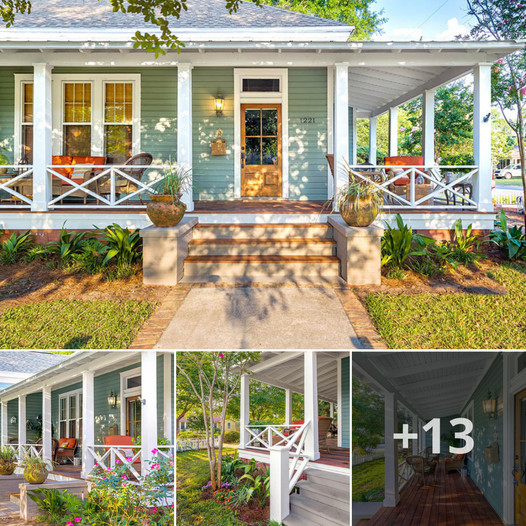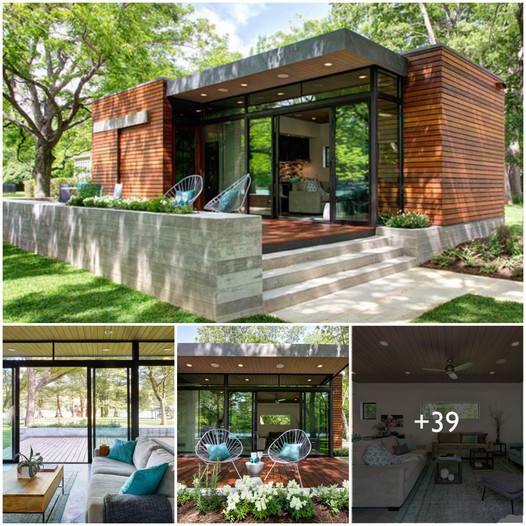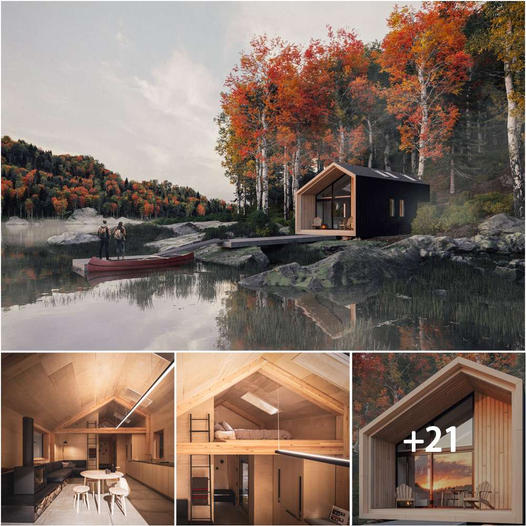Robert Hunt of North Devon, England, just completed what amounts to an unusual and ambitious water tower conversion project.
In 2019, Hunt sold everything he owned to purchase a redundant 1940s water tower, which was decommissioned in the early 2000s, and decided to convert it into a four-bedroom home.
He spent approximately $905,000 on the two-and-a-half-year project, which includes the cost of buying the property, which amounted to around $181,000.

Instagram | Rob Hunt
A former factory worker in the filtration industry, Hunt has never undertaken such a project before. He said, “I haven’t done anything like this before, I used to have a couple of rentals and done the odd house reno but all pretty standard stuff.”
He shared that he was looking through real estate listings and had been thinking of getting a piece of property to fix up when the unusual listing attracted his attention.
Hunt said, “It was within 20 miles of where I lived, so basically local. I could see there was an opportunity with it and the price was pretty good for the size of the property and the land that came with it.”

Instagram | Rob Hunt
Friends and family, however, were skeptical. Hunt shared, “They probably all thought it was either not going to happen or that I was just mad to even think about it. But if it was easy then everyone would do it, wouldn’t they?”
Before its makeover into a modern four-bedroom home, the water tower was simply a large, empty space with no rooms, interior walls, or windows.
The interiors were practically bare, except for a few electric panels and water pipes. “When I first viewed it, it was hard to describe. No windows, and no stairs — you had to go up a ladder in the center of the tower to get to the top of the tank,” Hunt said.

Instagram | Rob Hunt
Since there were no windows, he also had to guess what the views would look like. “I almost imagined the layout, which is not far off what it is today, pretty quickly after a couple of viewings at least,” he added.
Hunt initially juggled his full-time factory job while working on the house with a builder friend of his. He said, “I carried on working full-time for the first six months, and then sold my house, quit my job, and I’ve been on it full-time since.”
He moved into a mobile home on-site in July 2020 and helped wherever he could throughout the entire conversion. “I’ve basically been like a laborer, doing bits and pieces, and project-managing it,” Hunt said.

Instagram | Rob Hunt
Hunt had some DIY experience, but certainly the effort of revamping a water tower into a four-bedroom home was on another level altogether.
He said, “I had three property rentals before, rented out to tenants, and I’d do the odd DIY painting, decorating, helped with kitchens and bathrooms but I’m not in a trade. Basically, you just pick up a few skills on the way I suppose. And that’s where I’m at now.”
Hunt worked closely with architects and builders to transform the derelict water tower into a three-story four-bedroom home. He covered the exposed concrete exterior in black cladding and painted the base of the house white for a contrasting look.

Instagram | Rob Hunt
Openings were added to the water tower to create windows that now go around the building, offering panoramic views of the surrounding English countryside.
He said, “The black cladding on the outside, the white render on the bottom, the layout inside, the windows, and other things were all my ideas. There was an architect involved, but they just drew up 90%, 95% of what I envisaged.”
The house has a circular floor plan, with sleek white interior walls and doors. Underfloor heating was built in to keep the property warm and comfortable all year round.
The first floor includes Hunt’s plant rooms and cloakrooms, along with a spare bedroom and a bathroom.

Instagram | Rob Hunt
The bathroom was built in the center of the circular space in what used to be part of the original access shaft of the water tower.
The second floor has the master suite and two other bedrooms. The master bedroom is all black, including the floor tiles and walls.
Its bathroom has a double shower and a double basin, and a black freestanding bathtub that stands in front of a large window that overlooks the outdoor landscape.
Hunt said. “I’m happy with that because it’s quite a bold thing. People think it’s going to be too dark or a bit like a cave but you got big windows, big views, and it’s worked out really well.”

Instagram | Rob Hunt
The top floor covers the open space primary living area, dining room, and kitchen, with windows that go all around the walls. The dining area was built over the original water tower access shaft, which can still be viewed through a glass panel in the middle of the table.
“When you look down inside the dining table on the top floor and if you look up from the ground floor bathroom, you can see the original access shaft with the ladder still inside it,” Hunt said.
The ladder has been shortened and turned into a feature for people to look at through the glass but remains functional. “I’ve been down there in the shaft, but it’s not like a day-to-day thing. It’s only for like if you want to clean it,” he added.
Hunt also opted for an all-black kitchen, like the master bathroom, and used black countertops, appliances, and cabinets.

Instagram | Rob Hunt
Hunt kept some of the original exposed concrete in the interiors, including the ceiling and at the base of the dining table.
“Because I wanted to keep the original ceiling exposed on the inside, all the insulation on the roof and the walls had to be done on the outside of the original concrete structure. The insulation was then covered up by the black exterior cladding,” he said.
Although converting the worn-down water tower into a fully functional four-bedroom home was satisfying, the project was not without challenges. A major headache was making sure the fixtures fit the curved walls of the water tower.

Instagram | Rob Hunt
“It’s what you don’t see behind the walls that are difficult, like curving the plasterboard, the timber, and the plywood on the outside before the cladding, ” Hunt said. “Nothing’s sort of meant to be round — it’s all bespoke pieces.”
The harsh weather during winter also made it difficult to complete even the simplest tasks. “When I was in the mobile home on-site, in the middle of winter, the weather can be quite draining when it’s a week of wind and rain,” Hunt said.
After years of working on the transformation, Hunt advised people thinking of unique home transformation projects to think twice as hard, and consider that the initial cost may eventually double.
“I was probably a bit naive going into it, but I wasn’t a builder or anything like that so it’s hard to know exactly everything that’s involved.” Hunt added that having his builder friend on the project was very helpful.

Instagram | Rob Hunt
“His knowledge of the building trade has been invaluable, so to have someone like that as a friend or as an advisor is really handy,” he shared.
Still, Hunt thinks all the effort has been worth it. He shared, “I would definitely say to go for it. Anything property-wise is worth doing if there’s a potential for a profit at the end or even if it’s just somewhere you want to live for the rest of your life.”
Hunt says he plans to sell the house and use the profits to pay off loans for the water tower project, and maybe start a new one.
The house is located in Clovelly Cross in Devon, which is 15 minutes away from the nearest town of Bideford.
